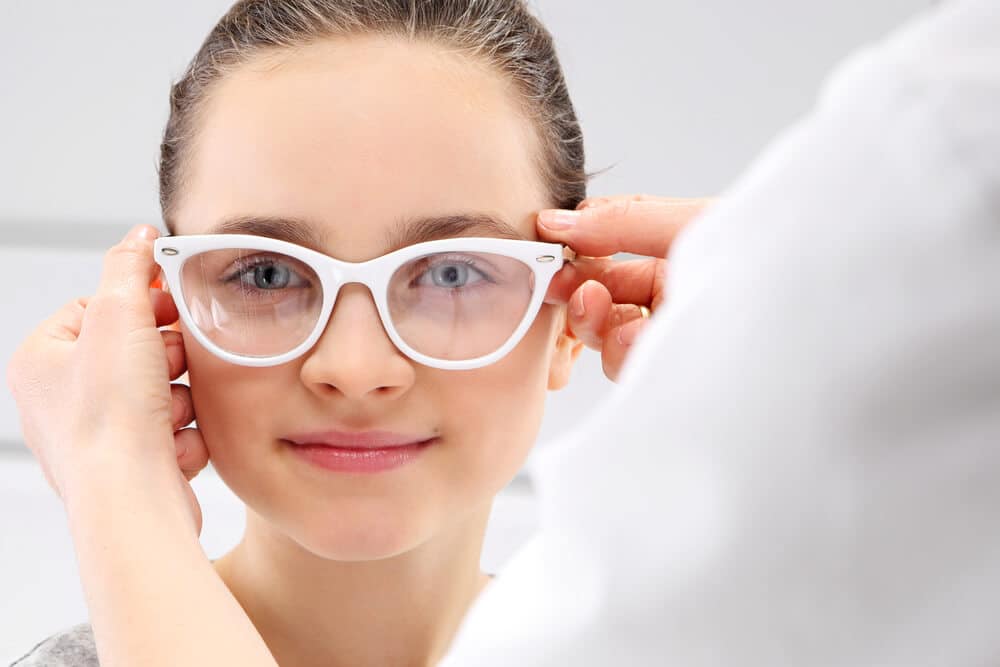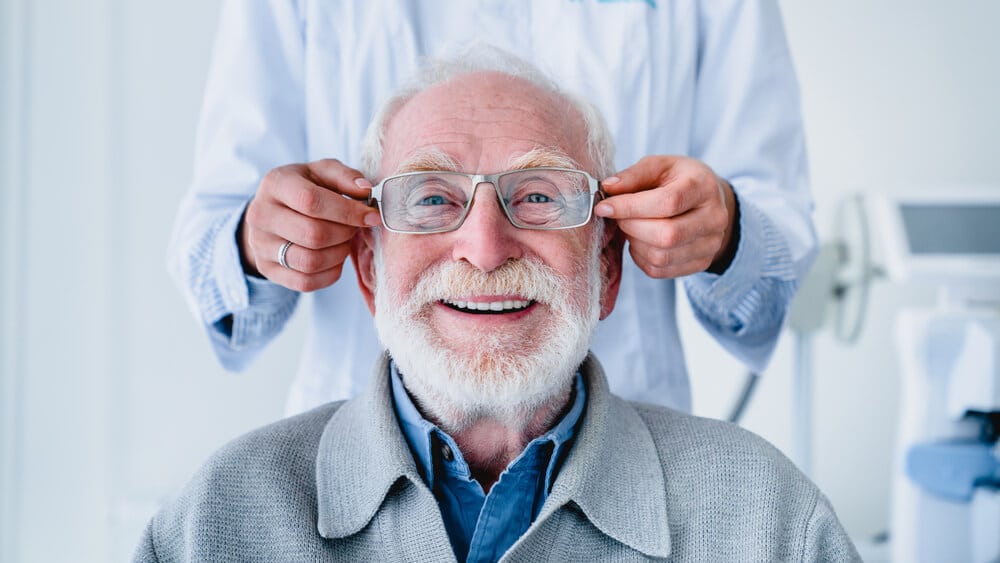If it’s been a while since you’ve been to the eye doctors, you likely aren’t aware of the new processes in place to get your eyeglasses fit perfectly to your face. Eye doctors now have a unique approach with several checkpoints to ensure your eyeglasses will comfortably fit on your face and match your style. When you get your eyeglasses fit to your face, you’ll go through a different process than you would a decade ago. If you dread getting your glasses fitted to your face, here’s a closer look at what you can expect during your next appointment.
Centering the Eye

Centering the eye is an essential aspect of fitting eyeglasses properly. When eyeglasses are centered correctly, the optical center of the lenses is aligned with the center of your pupils, allowing optimal vision correction.
Pupillary distance (PD) is the distance between the center of your pupils. Your optician will measure your PD to ensure that the lenses are centered correctly. Once your PD is measured, your optician will adjust the placement of the eyeglass frames to ensure that the lenses are positioned correctly in front of your eyes.
Your optician will check the position of the lenses to ensure that they are centered correctly. This is done using a lensometer, which measures the optical center of the lenses. The nose pads of the frames may need to be adjusted to ensure that the glasses sit at the correct height on your nose, and center the lenses with your pupils.
How the Frame Sits on Your Face
When you try out a new pair of glasses, the frames shouldn’t touch your cheeks when you smile. If you’ve worn glasses before, you know how uncomfortable this can be. The frames should sit on your face , and not cause any changes in how well you’re able to see out of your glasses.
The size of the frame should match the size of your face. Frames too small or too large can cause discomfort and visual distortions. You should also make sure the bridge fit feels comfortable too. The frame’s bridge should fit comfortably on your nose without pinching or sliding down. If the bridge is too wide or narrow, the frames may not sit correctly.
When fitting eyeglasses, your eye doctor or optician may make adjustments to the frames to ensure a comfortable and secure fit. Your face shape can also impact how frames sit. For example, people with a round face may look better in frames with sharp angles, while people with a square face may look better in round frames.
Eyeglasses and Temple-Fitting
The fit of the temple is an important aspect of eyeglasses fitting. The temple is the part of the eyeglasses that extends from the frame to the back of the ear, and plays a key role in keeping the glasses securely in place.
The length of the temple should be appropriate for the size of your head. If the temples are too long, the glasses may slide down your nose. If they are too short, they may feel tight or uncomfortable. Also, the shape of the temple should fit comfortably around the back of your ear. Some temples are curved to fit the shape of the ear, while others are straight.
Understanding How to Fit Your Eyeglasses

Properly fitted eyeglasses are essential for both vision correction and comfort. Here at Art of Optiks, we can help you choose the best frame and lens type for your needs, and make any necessary adjustments to ensure a comfortable and secure fit.
If you’re ready to get your eyeglasses fit to your face, schedule an appointment today.




